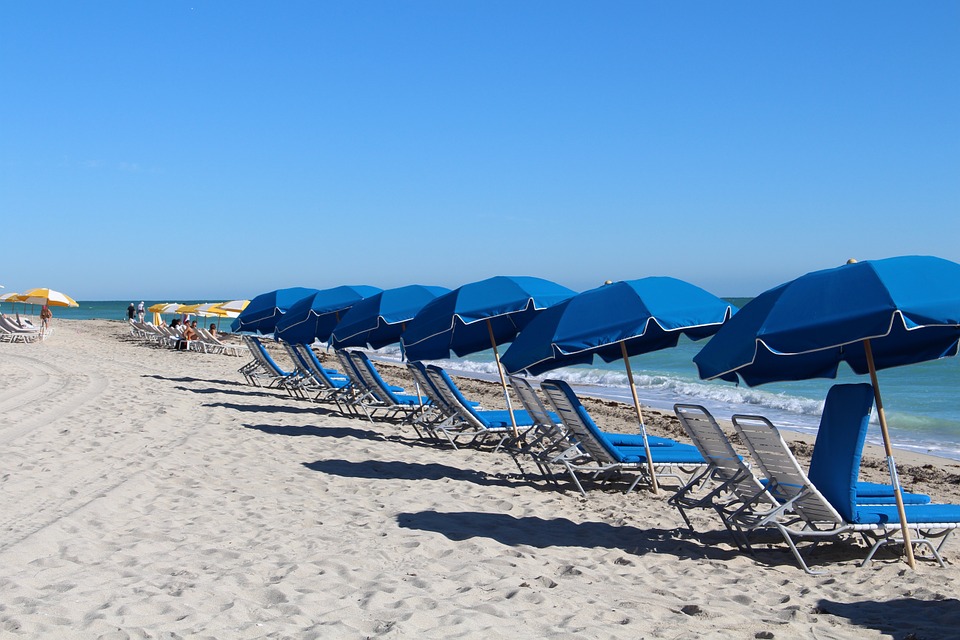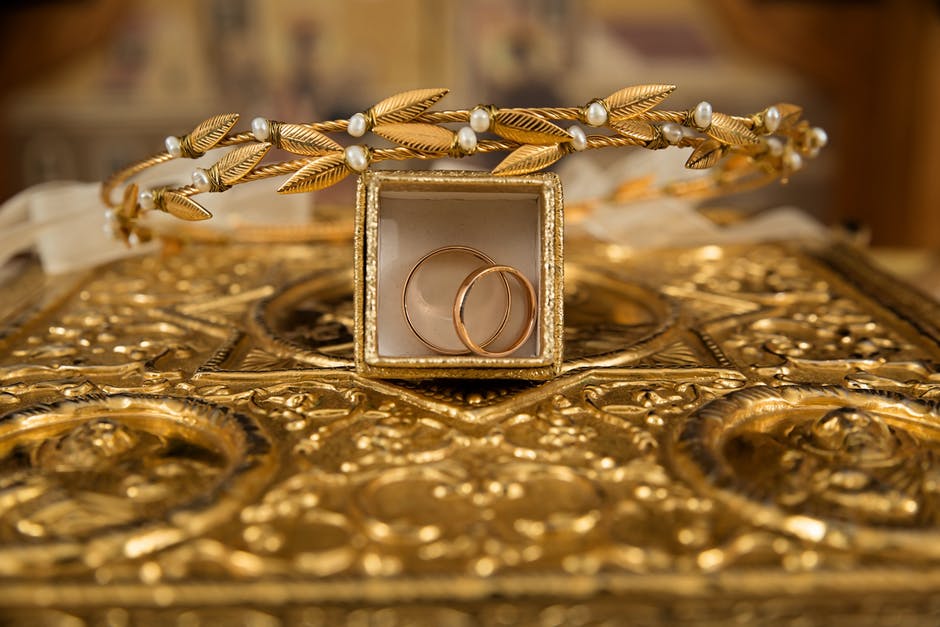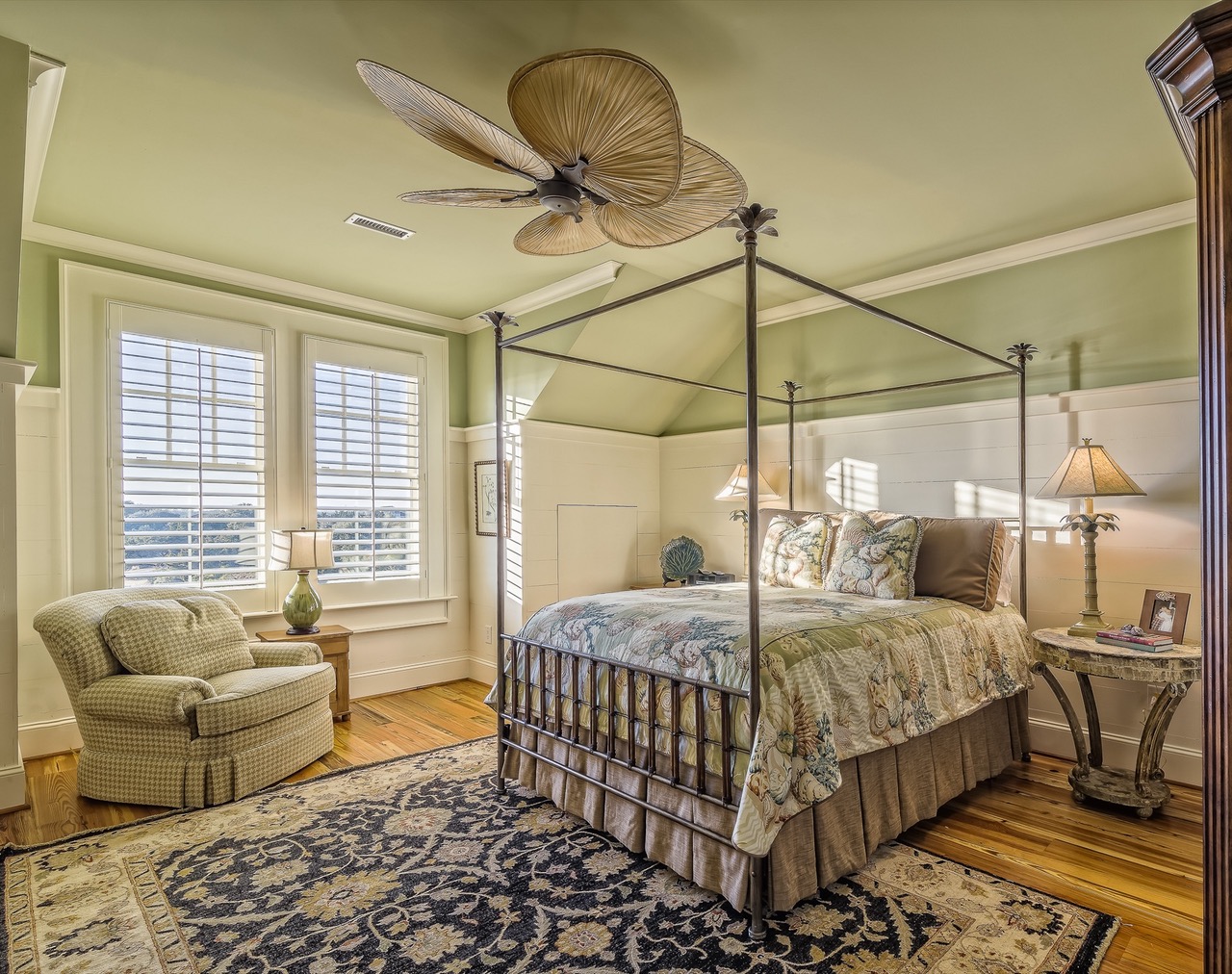The Gibson Guitar Story
sk any guitarist to list their top three guitars, and the chances are they will include a Gibson guitar in that list. These fantastic guitars have been made for nearly 100 years now. Ahroughout that time they have remained popular.
The Gibson guitar company or Gibson Corporation was founded in 1896 by Orville Gibson. To start with they made mandolins, however by 1919 had branched out into making guitars as well. However, prior to that they did make specialist acoustic guitars such as the harp guitar. However, as music developed so did the guitars that Gibson made. For example, they made a specialist acoustic guitar especially designed to work with the big band sound.
Later, they came up with a blues and jazz guitar known as the archtop. Over the years, they came up with many innovations and radically changed the design of banjos mandolins and guitars. Even today, they are innovating; however, most of the innovation takes place in their electronics division.
Gibson was one of the first companies to explore the idea of producing an electric guitar. In fact, in 1936 they launched their electric Spanish model otherwise known as the ES 150. Other companies did something similar, but it was the Gibson ES 150 that was the first commercially successful electric guitar. The now famous Les Paul guitar was added in 1952 and was a solid body electric guitar that took the music scene by storm. From the 1950s, they made their guitars in a wide variety of shapes like the flying V, however these guitars did not really take off until the 1970s.
Gibson Guitar Today
Unfortunately, in the 70s and 80s Gibson guitars began to fall out of fashion. The fact that they changed production from Kalamazoo to Nashville is partly credited for this downturn. The craftsmen that made their guitars in Nashville were relatively inexperienced and increased humidity in Nashville made the manufacturing process far more difficult. Fortunately, despite this Gibson began to regain some of their market share in the 1990s and continue to produce good quality guitars. As a result, even today, many guitarists own at least one Gibson guitar.
If you want a Gibson guitar take a look at the range on offer on the Music Junkie website. They sell a good range and are a authorised Gibson distributor.



